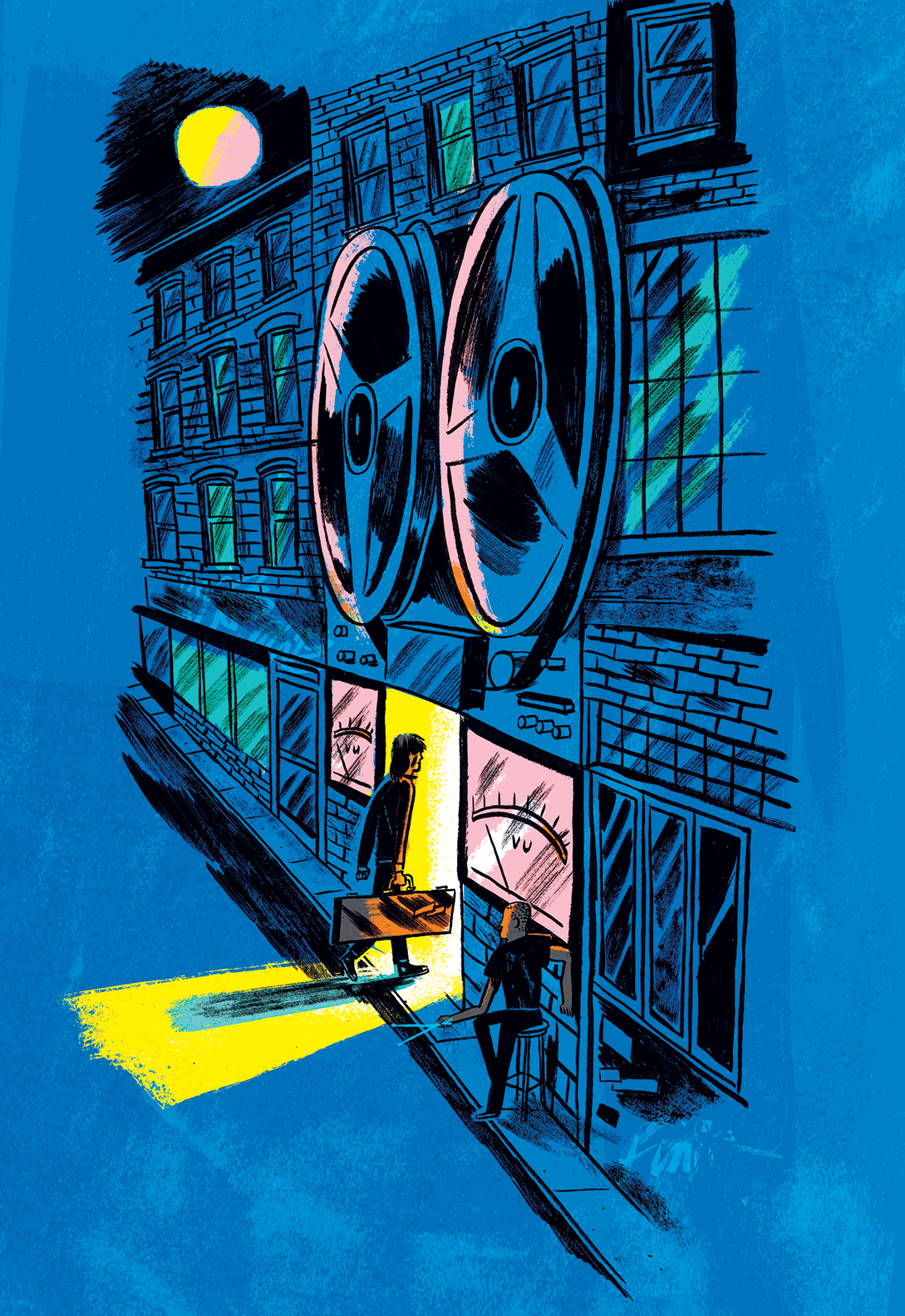I’m a reverb geek, and I’m always on the lookout for cool reverbs, both older hardware units and new plug-ins. I was poking around the web trying to find a plug-in version of the classic Quantec Room Simulator when I stumbled across the free u-he Protoverb plug-in, which works similarly to the QRS by simulating the resonances of the air versus the reflections off the walls. u-he’s website describes the plug-in better than I would ever be able to:
“Protoverb is an experimental reverb based on the idea of a ‘room simulator.’ Most algorithmic reverbs try to avoid resonances or model the reflections of sound from a room’s walls. Protoverb does the opposite. It builds up as many room resonances as possible, modeling the body of air in the room. It therefore does not need to modulate or colour the signal. The result is a very natural sounding reverberation with some interesting features: Long standing frequencies resonate louder, as if the air takes some time to get excited. Multiple instruments don’t mash into a diffuse mud, they stay distinct. If you play a short melody, the room seems to repeat a ghost echo of that melody. Those properties are indeed found in churches and large halls, but they’re rarely found in conventional algorithmic reverbs.
“To achieve this kind of stuff, Protoverb works with loads and loads of parallel, serial, and networked delays. By all means, there is no mathematical formula that makes such a structure sound ‘just right.’ As with all delay-based reverbs, it’s down to trial and error, and maybe a lot of luck with random values. Therefore, we designed Protoverb to present you with delay lines of random lengths and a random assembly of networking and feedback strategies. Which, if you’re lucky and you come across a great setting, you can submit to our website, along with a few details.
“To be precise, the small text box at the bottom contains two random entries. The first part depicts the network structure, strategies for a spatial layout and distribution of delay taps, strategies for finding useful delay lengths, and so on. The second part is a seed for a pseudo-random number generator which is used to find various parameters, such as average delay length, which prime number to choose (if any), and so on. This text can either be edited by double-click, or both parts can be independently randomized with the two random buttons below.
“In other words, Protoverb is a datamining concept. Instead of spending a few months ourselves, we hope that our community will come up with great settings. As a reward, this plug-in is free, and people are encouraged to share their settings and thoughts on our site.”
So, there you have it — a crowd-sourced datamining reverb plug-in that’s free and sounds great. It really is a bit different sounding than most algorithmic reverbs. In use, the random settings can get pretty wacky, pretty quickly, but can yield some interesting results. I really like this plug-in for longer, more ambient-style reverbs. If the wackiness of the randomness seems too weird for you, fear not. Protoverb comes with 15 highly usable presets and is super simple to use with only three parameters — decay, wet level, and dry level — for people who just want to get a good reverb sound quickly. Meanwhile, the hackers will love being able to edit and randomize weird text strings with audible results. Then, if you achieve something amazing, you can share it with u-he by hitting the Send Code button in the box labeled “When you find the best or worst sounding reverb let us know!”




_disp_horizontal_bw.jpg)